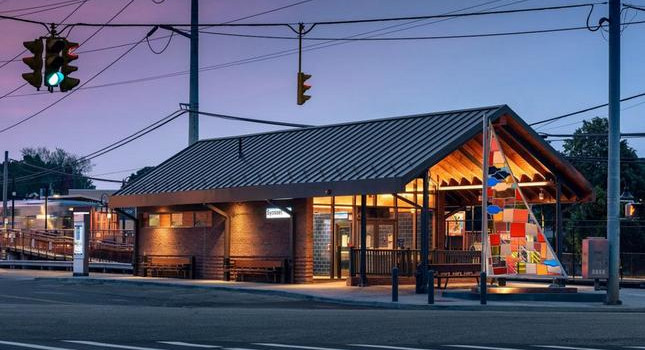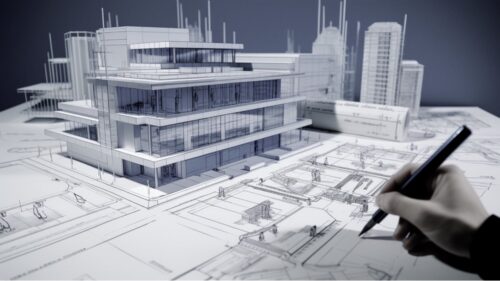Key ingredients to achieving project excellence with design-build
Design-build delivery can achieve project excellence by finding the right partner
When it comes to validating the effectiveness of design-build delivery, there are two opposing camps. Proponents believe that because design-build consolidates design and construction into a single project, unlike traditional design-bid-build delivery, people end up with a cost-effective and expeditious project—the result of a designer-builder partnership that fosters collaboration and innovation.
Detractors say, that because it eliminates the traditional vetting and development of design, and can reduce owner involvement, this method of delivery often leads to an adversarial relationship resulting in cost overruns, subquality work and claims. Opinions can vary greatly, to say the least.
Winning proposition
Gannett Fleming believes design-build can be a winning proposition for owners and the AEC industry in general. With the right ingredients, design-build can be an effective tool for delivering exceptional work, enabling projects to achieve an elevated level of design while successfully meeting all client requirements.
Design-build lives up to its name on projects with varying degrees of complexity and challenge, from relatively simple wastewater treatment plants to a set of architecturally distinctive rail stations. And Gannett Fleming has delivered project excellence across design-build work in a variety of scales.
Finding the right partner
Chemistry between designer and builder is an essential component of an exceptional design-build project. Teaming with a compatible partner greatly increases the likelihood of success. Design-build project delivery requires the builder and the designer to share the same values. Ensuring that business and professional objectives are closely aligned should be accomplished prior to entering into a design-build agreement. An “us versus them” arrangement (which can, unfortunately, occur frequently on design-build projects) is an obstacle to project excellence and must be avoided.
Share the vision
A successful design-build project starts with a shared vision. As an example, Gannett Fleming cites the recently completed MTA LIRR enhanced stations initiative design-build project. On this effort, LIRR was seeking spatial and visual enhancements at eight of its rail stations within a compressed twelve-month schedule. The agency wanted each facility to serve as a distinctive landmark within its community while also displaying unified LIRR iconography. As visual guidance, LIRR provided renderings of each station as part of the scoping documents, but the methodology to realize the concepts was left up to the design-build team.
To meet the client’s needs, the partners and Gannett Fleming adopted a workshop model to execute the designs, facilitating a productive, collaborative process among the partners at the outset. In this setting, the owner, designer and builder each attended weekly charettes to vet the designs and agree on major decisions in real time. There was at times a chaotic feel to this nonlinear approach, but because they had a collective commitment to realizing LIRR’s vision for its enhanced stations, the approach worked. Everyone on the team was “all-in,” and the result was award-winning station enhancement design.
Improve and enhance
Achieving excellence in design-build delivery sometimes involves seeking opportunities to elevate design, even post award. This may sound controversial—there is a school of thought that people should not give clients more than what they asked for. Gannett Fleming disagrees, however. They believe that if given the opportunity to elevate design with minimal impact to cost and schedule, it is incumbent on them to do.
Finding a partner that shares this way of thinking is a prerequisite to elevating design. In the end, it all comes down to chemistry. When people find the right partner that shares their values, achieving project excellence using design-build delivery is well within reach. Of course, not all teaming relationships work well. Sometimes it takes a while to get this right. When someone does find the right partner, cherish it and build a lasting relationship.
This originally appeared on Gannett Fleming’s website. Gannett Fleming is a CFE Media content partner.
Original content can be found at www.gannettfleming.com.
Do you have experience and expertise with the topics mentioned in this content? You should consider contributing to our CFE Media editorial team and getting the recognition you and your company deserve. Click here to start this process.






